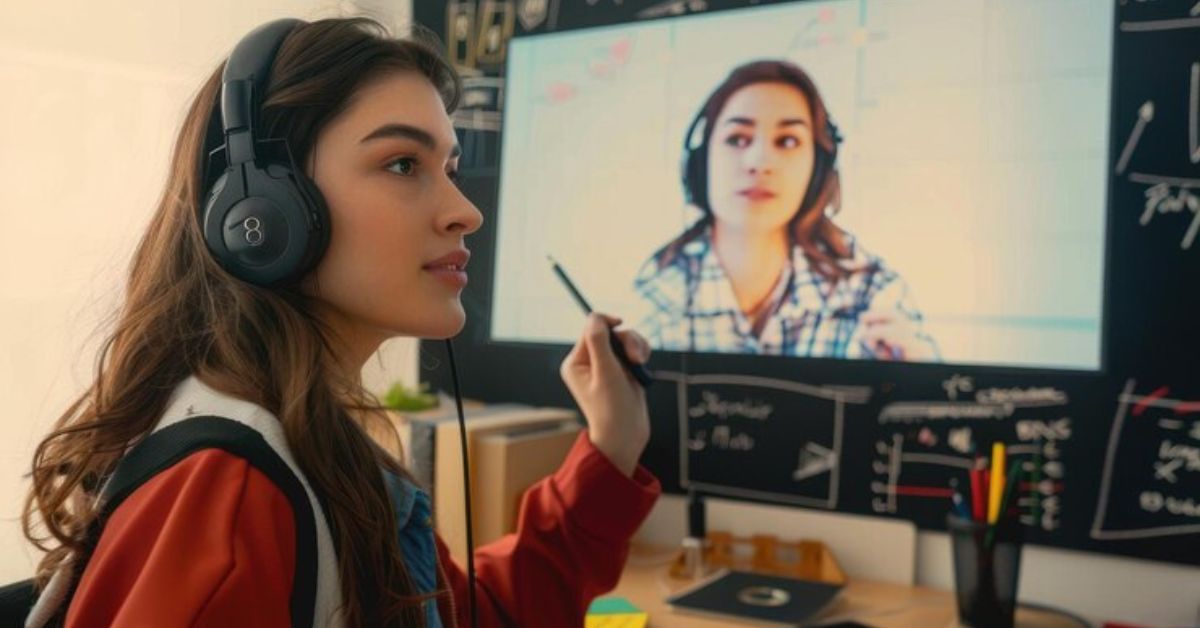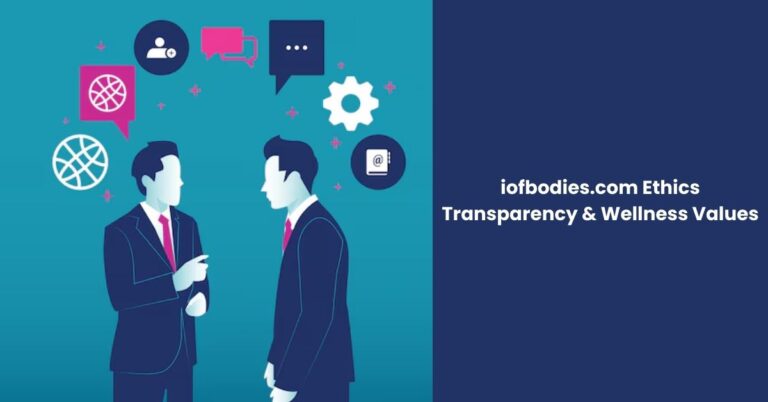Boosting Student Engagement Through Synthetic Video Lectures

![A futuristic classroom setting with students engaged in learning, while a synthetic instructor appears on a digital screen.]
Student engagement is one of the most critical factors in education. Engaged students are not only more likely to succeed academically, but they also develop a deeper understanding and lasting interest in their areas of study. With the rapid advancements in technology, educators now have access to tools that can transform the learning process and captivate students in innovative ways. One such breakthrough is the use of synthetic video lectures, powered by AI.
Synthetic video lectures leverage cutting-edge technologies, such as AI, to create engaging, customized educational content. Tools like an AI Video Generator enable educators to produce content that speaks directly to students’ needs while offering new ways to foster interaction, participation, and retention. This article explores the benefits of synthetic video lectures, the challenges they present, and their potential to reshape education for a digital-first world.
How Synthetic Video Lectures Work
Synthetic video lectures are created using AI software capable of generating realistic video content of virtual instructors or presenters. These systems rely on deep learning models, natural language processing, and video synthesis technology to produce high-quality, visually and audibly engaging content. With written scripts or prompts, educators can customize the videos, selecting avatars, languages, tones, and more to meet their teaching requirements.
For example, lessons can be tailored to specific learning styles, allowing visual and auditory learners to benefit equally. Additionally, complex topics that are traditionally hard to convey via static methods can be brought to life through animated graphics and interactions seamlessly integrated into the lecture.
Transforming the Learning Landscape
Traditional teaching methods, such as in-person lecturing or recorded videos, while effective, often fail to fully engage students due to a lack of personalization or interactivity. Synthetic video lectures, on the other hand, address these issues by providing a modern, interactive approach that holds students’ attention and encourages participation.
Key Features Driving Engagement
- Personalization Opportunities
AI-generated videos allow for personalized content creation where students can learn at their own pace. With the ability to create language-specific lectures or adjust the difficulty level, educators can adapt lessons to suit a diverse student body. This broad-level customization promotes inclusivity and ensures no one is left behind.
- Interactive and Immersive Content
Education becomes an immersive experience as synthetic video lectures integrate elements like 3D animations, real-time Q&A capabilities, and quizzes embedded within the presentation. These features turn passive viewing into active participation.
- Rapid Production
Creating quality educational videos typically requires considerable time and resources. However, AI video generators streamline the process, enabling educators to produce multiple lectures quickly without compromising on quality.
Benefits of Synthetic Video Lectures in Education
Increased Accessibility
Education isn’t one-size-fits-all. Beyond the classroom, online learning platforms or hybrid environments often pose unique accessibility challenges concerning language barriers, time zones, or learning disabilities. Synthetic video lectures eliminate many of these challenges by offering easily customizable content in different languages or formats. For students with hearing impairments, for instance, captions can be auto generated alongside lectures.
Improved Retention Rates
Studies have shown that dynamic and visually engaging content helps learners retain information more effectively. Synthetic lectures cater to these needs by integrating visuals and interactive elements that break monotony and make lessons more memorable.
Cost Efficiency for Educational Institutions
Synthesized video content minimizes the dependence on expensive filming equipment, editing software, or dedicated production teams. Schools, universities, and corporate trainers can reinvest those cost savings into other educational resources while still delivering high-quality courses.
Simplifying Complex Concepts
One of the standout features of AI-generated video lectures is their ability to simplify intricate subjects. Subjects like physics, biology, or mathematics become more engaging through animations or virtual demonstrations that explain theories and processes step-by-step.
Scalability
Synthetic video lectures also provide unmatched scalability. Once a lecture is created, it can be distributed to an unlimited audience, whether for a small group lesson or a global online education seminar. This scalability ensures consistency—instructors no longer have to worry about differences in delivery across multiple sessions.
Challenges of Implementing Synthetic Video Lectures
While synthetic video lectures offer numerous benefits, there are barriers to widespread adoption. Understanding these challenges is key to ensuring effective implementation.
Technology Accessibility
The tools used to produce synthetic video content rely on advanced computing technologies that may not be accessible at all institutions, especially those in low-income areas. Ensuring equitable access to these tools will be critical to their success in achieving widespread adoption.
Initial Learning Curve
Educators, especially those less familiar with technology, may face a learning curve when moving from traditional teaching methods to synthetic video creation. This emphasizes the need for training and support frameworks for faculty.
Avoiding Over-reliance
While synthetic videos complement traditional teaching methods, they should not completely replace human interaction. Education is a deeply personal process, and strong teacher-student relationships play a significant role in fostering growth. Finding a balanced integration of synthetic videos within the overall curriculum is necessary.
Ethical Concerns
Synthetic videos are powered by AI, and with AI, ethical considerations always arise. Issues such as data privacy, misinformation, or bias in AI-generated content must be addressed to ensure these tools are used responsibly.
The Future of Synthetic Video Lectures
The upward trend in educational technology adoption shows no signs of slowing. Synthetic video tools will likely evolve to include more advanced features. Imagine virtual instructors that adapt to students’ emotions or interests in real time, drawing directly from AI capabilities to maintain engagement levels.
Additionally, as AI video generation becomes more widely accepted, interdisciplinary collaborations between educators, technologists, and designers will emerge. These partnerships could lead to entirely new forms of learning experiences, such as virtual reality classrooms or gamified educational journeys.
The Role of Global Collaboration
Synthetic video lectures also open up opportunities for globally connected classrooms, where students from different countries can learn together through shared digital experiences. Virtual guest speakers, interactive discussions, and multicultural exchange can become the norm as educational institutions harness AI-powered video technology.
Leveraging Synthetic Lectures to Bridge Educational Gaps
By reducing barriers related to geography, cost, and accessibility, synthetic video lectures could play a vital role in democratizing education. From under-resourced schools in remote areas to large institutions looking to minimize resource constraints, AI-powered video content provides a bridge to knowledge for all.
Yet, as we integrate these advanced technologies into education, it’s vital to maintain the human element. Synthetic video lectures should be seen as tools to enhance—not replace—the teaching experience. Combining the strengths of both traditional and modern methods will yield the best outcomes for students and educators alike.
Final Thoughts
Synthetic video lectures represent a bold step forward in the realm of education. By blending technology, creativity, and instructional design, they provide solutions to some of the most persistent challenges in education today. Tools like the AI Video Generator make this transformation accessible, enabling educators to create dynamic, personalized content that can truly captivate learners.
Looking ahead, the integration of synthetic video lectures into classrooms, online platforms, and training programs has the potential to redefine how we learn and teach. With a thoughtful, balanced approach to adoption, educators can empower students with the engaging, inclusive, and tailored learning experiences they deserve.






